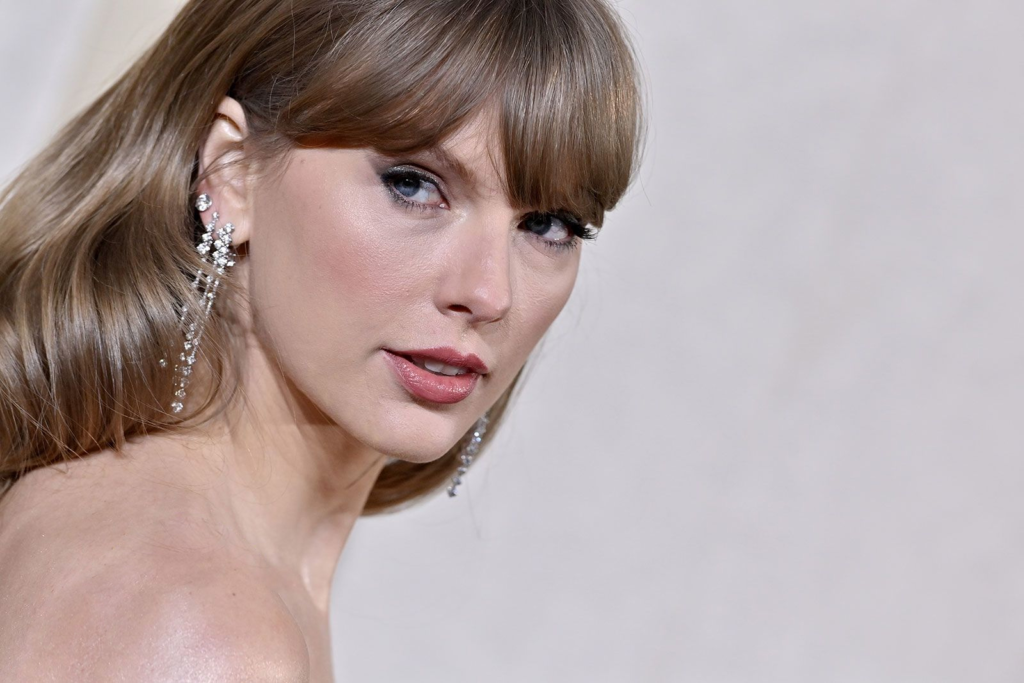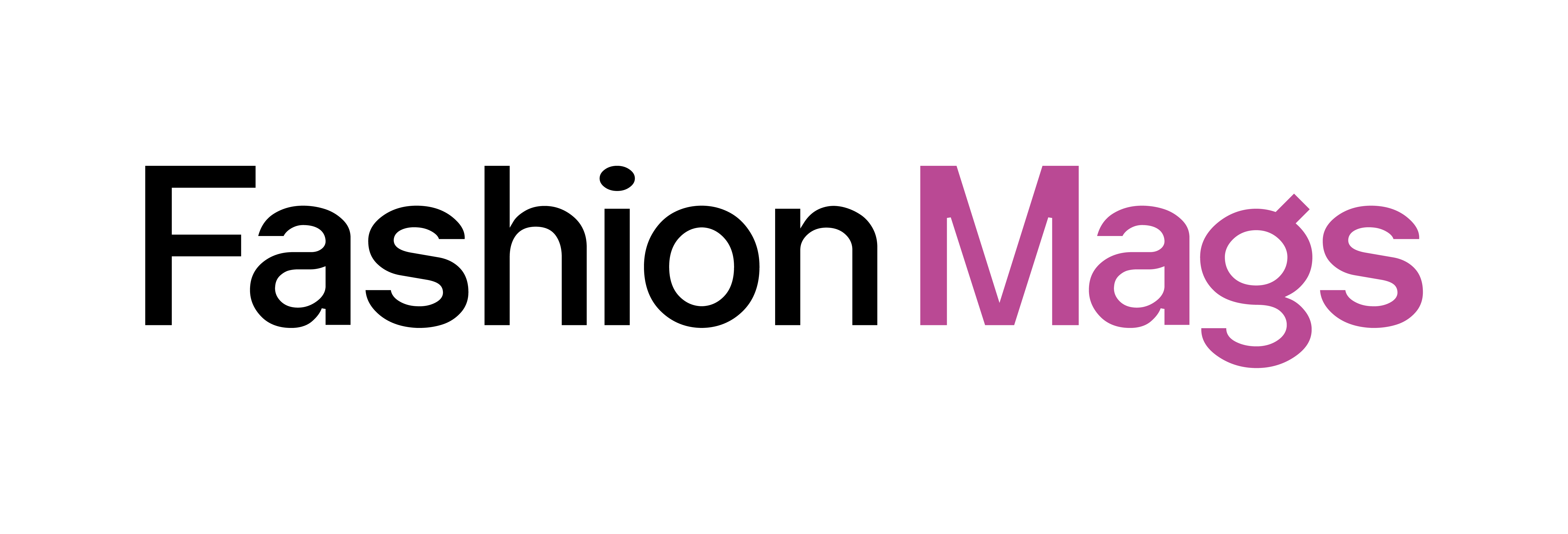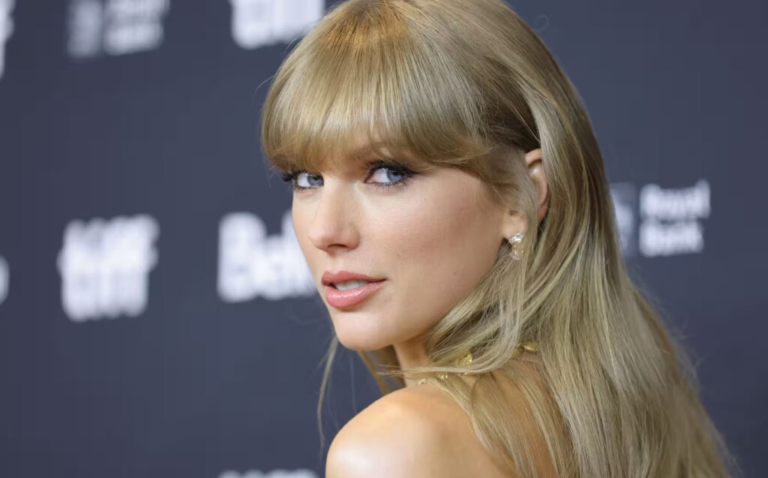The development of artificial intelligence has brought transformative shifts across various fields, from enhancing productivity to revolutionizing art and media. Yet, it has also introduced darker applications, with unauthorized AI-generated content posing significant privacy and ethical concerns. Recently, this issue surfaced when AI-generated explicit images of Taylor Swift began circulating online, underlining the challenges of unregulated AI content creation. The controversy surrounding these “Taylor Swift AI pictures unblurred” highlights how AI can be misused to fabricate explicit images that violate privacy, spark public backlash, and demand new levels of accountability.
These AI images of Taylor Swift were reportedly generated by manipulating existing, publicly available images, which were then reshaped using sophisticated algorithms. This process allowed creators to “unblur” or alter photos, making them appear realistic and explicit without the subject’s consent. Social media platforms, particularly X (formerly Twitter), were key in the rapid spread of these images, sparking outrage among Taylor Swift’s fan base and raising questions about the responsibility of AI developers and platforms.
Table of Contents
Ethical and Legal Implications of AI-Generated Explicit Content
The creation and distribution of explicit images without the consent of the individual depicted, especially through means like AI manipulation, represents a profound breach of privacy and personal rights. For celebrities such as Taylor Swift, who rely on a carefully crafted public image, these infringements have both personal and professional impacts. However, the larger ethical issue extends beyond celebrity status—AI-generated images are produced without the subject’s awareness or consent, a direct violation of fundamental privacy rights. With tools capable of generating “Taylor Swift AI pictures unblurred” proliferating, we are faced with a reality where digital manipulation can lead to severe consequences, including mental distress, public embarrassment, and damage to one’s reputation.
Legal experts argue that current legislation struggles to keep pace with technological advancements in AI. While some regions have laws against non-consensual explicit imagery, often referred to as “revenge porn” laws, they do not consistently account for the nuances of AI-generated content, making legal recourse complicated and inconsistent. Courts and policymakers are thus exploring amendments to cover new forms of digital manipulation. These modifications aim to protect not just celebrities, but also ordinary individuals, from the emotional and psychological harm that such fabricated images can cause. As of now, many legal gray areas remain, and the ethical debate continues as society grapples with how to adapt laws to the capabilities of modern technology.
The Role of Social Media Platforms in Curbing the Spread
Social media platforms like X, Instagram, and others play a central role in the spread of AI-generated explicit content, such as unblurred images falsely attributed to Taylor Swift. Despite having guidelines and policies against non-consensual imagery, these platforms often struggle to enforce them effectively. One reason is that AI-generated content can easily bypass filters designed to detect explicit images, as algorithms might not yet be attuned to detect subtle digital manipulations. As a result, images like “Taylor Swift AI pictures unblurred” circulate widely before platforms take any action, drawing public backlash and highlighting the limitations of current content moderation.
Community response has also become a significant factor in the fight against this type of content. Fans and advocates are increasingly reporting offending posts, urging platforms to strengthen their response mechanisms. However, moderation teams on these platforms often lack the resources or the specific technology needed to keep up with the rapid production of new, manipulated images. In response, there is a growing call for platforms to invest in AI-driven tools that can quickly identify and block AI-generated images of this nature, to protect individuals from exploitation and preserve their digital dignity.
Technological Measures to Prevent AI Misuse
The surge in AI-generated explicit content has prompted the tech industry to develop countermeasures aimed at identifying and flagging such images before they spread. AI-detection tools are at the forefront of these efforts, created specifically to recognize and halt deepfake and AI-generated images. These tools analyze the image’s digital fingerprints, looking for subtle distortions or unnatural patterns that are common in fabricated images. By implementing such technology, platforms could potentially stop images like “Taylor Swift AI pictures unblurred” from going viral, ensuring that privacy violations are curtailed at the source. However, this technology is still evolving, and the challenge lies in adapting it quickly enough to match the fast-paced development of AI manipulation tools.
In addition to detection tools, some companies and organizations are exploring content authenticity initiatives to verify the origin and integrity of online media. Projects like Content Credentials aim to create digital markers that trace back to the image’s original source, providing proof that a particular image is authentic and not AI-generated. This initiative, if widely adopted, could help establish a chain of trust around digital content and significantly reduce the risk of manipulated images circulating undetected. Though promising, these technological measures require robust collaboration between technology companies, content platforms, and legal entities to be implemented effectively and to keep up with the rapidly advancing capabilities of AI.

Broader Societal Impact and the Need for Awareness
The issue of AI-generated explicit images extends beyond the personal privacy of public figures, affecting individuals across society and highlighting a growing ethical dilemma in digital culture. The availability of tools that can generate unblurred images of anyone without consent poses a serious risk not only to celebrities like Taylor Swift but also to ordinary people. Cases of manipulated images can lead to distress, cyberbullying, and even blackmail, as individuals face violations of privacy and identity. This creates a climate where people may feel vulnerable and mistrustful about the digital world, fearing that their images can be manipulated without their control or knowledge.
Raising awareness about the ethical concerns of AI misuse is essential to combat the normalization of AI-generated explicit content. Educational campaigns, especially targeting young and vulnerable users, can help inform the public about the dangers and responsibilities associated with AI technologies. By teaching users to be cautious with their online presence and by promoting digital literacy, society can begin to foster a culture that respects privacy and promotes ethical AI practices. Such awareness initiatives can serve as an important first line of defense, helping individuals make informed choices and advocate for responsible digital behavior in the AI era.
Steps Forward: Legal and Ethical Frameworks
To address the spread of non-consensual AI-generated content, lawmakers and tech experts are pushing for stronger legal frameworks that specifically target deepfake and AI-manipulated images. Although some countries have taken initial steps to criminalize deepfake pornography, the laws are often limited and struggle to address the nuances of AI technology effectively. For instance, while revenge porn laws cover some forms of non-consensual explicit imagery, they often do not encompass AI-manipulated images, which are fabricated rather than leaked. As such, advocates are pushing for new legislation that explicitly addresses the production and distribution of AI-generated explicit content, particularly when done without consent.
The ethical framework for AI use also requires careful consideration, with many experts emphasizing the importance of responsible AI development. This approach encourages developers to prioritize user consent, transparency, and privacy, creating AI tools that are less likely to be exploited for harmful purposes. By holding AI creators and distributors accountable, society can foster a technological landscape that respects privacy and avoids enabling invasive practices. The collaboration between lawmakers, tech companies, and civil rights organizations is key in crafting laws and guidelines that keep pace with AI advancements and prevent its misuse in potentially harmful ways.
Conclusion
The controversy surrounding “Taylor Swift AI pictures unblurred” underscores the urgent need to address the ethical, legal, and technological challenges posed by AI-generated content. As AI technology continues to advance, it is essential to recognize the dual impact it can have—while it offers incredible creative and productivity possibilities, it also opens the door to privacy violations and ethical dilemmas that demand thoughtful solutions. The growing popularity of AI tools capable of creating realistic yet manipulated images calls for immediate attention, as individuals of all backgrounds face the risk of having their digital likeness misused.
To tackle this issue, a comprehensive approach is necessary, combining legal reforms, advanced detection technologies, and public awareness initiatives to promote responsible AI use. Only by prioritizing privacy, strengthening legal protections, and fostering digital literacy can society create a balanced environment where technology serves to enhance, rather than exploit, the human experience.
READ MORE : Manuela Escobar Net Worth: The Life and Legacy of Pablo Escobar’s Daughter


